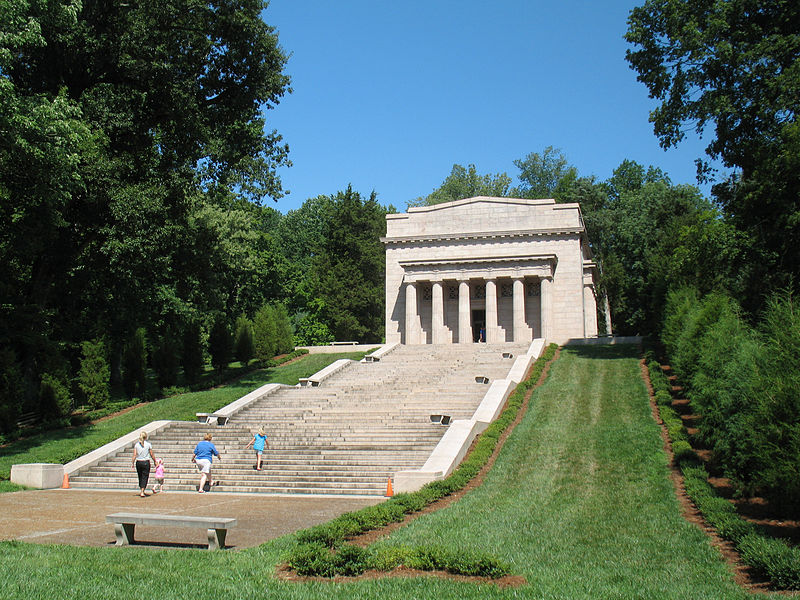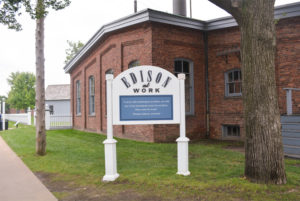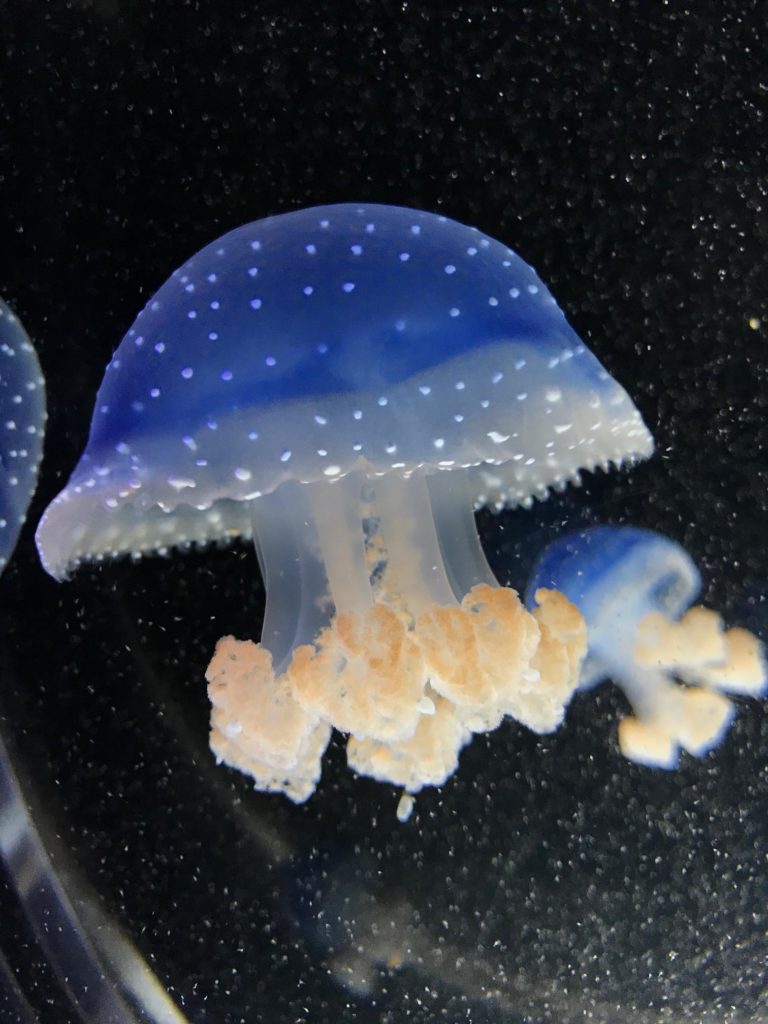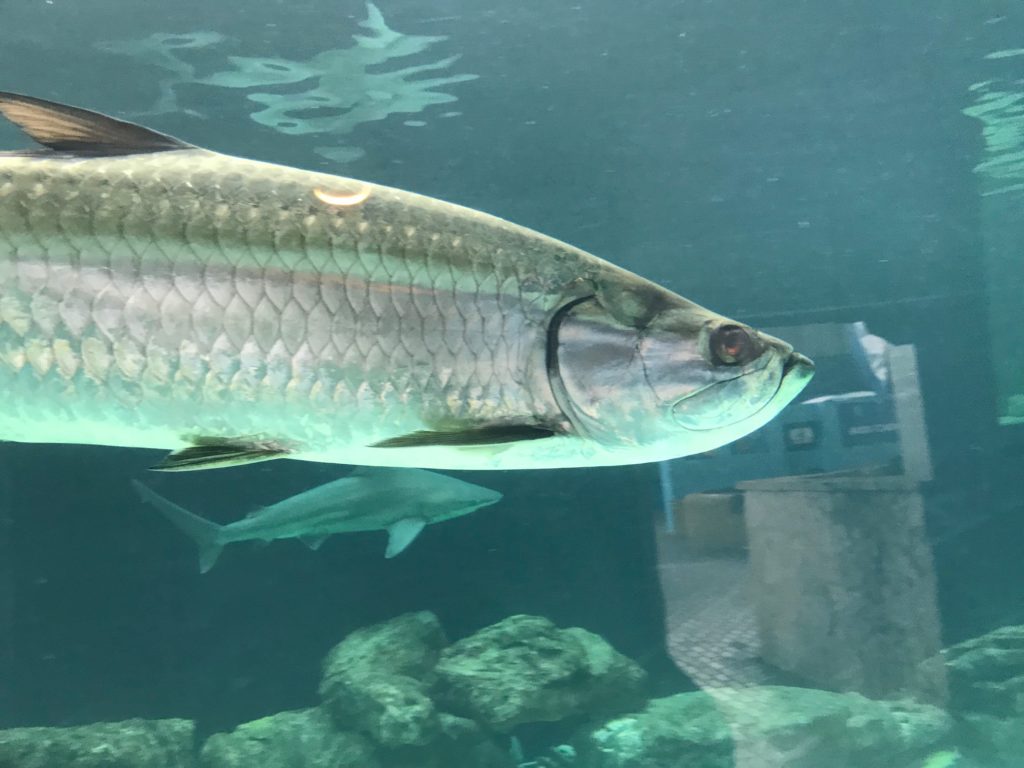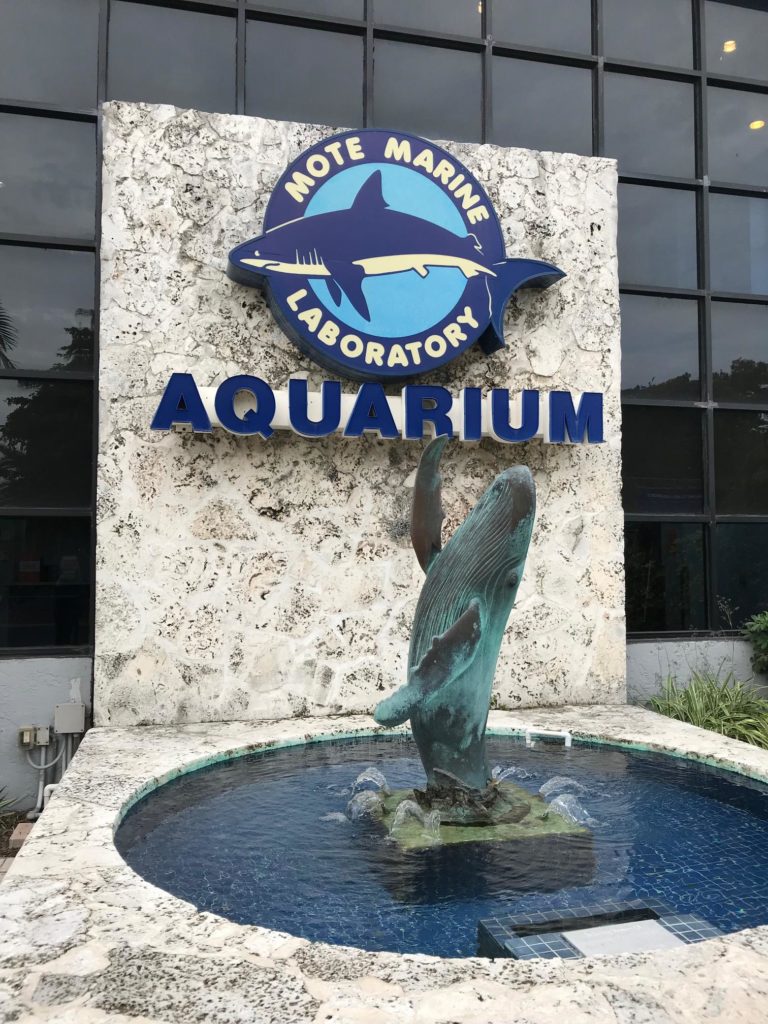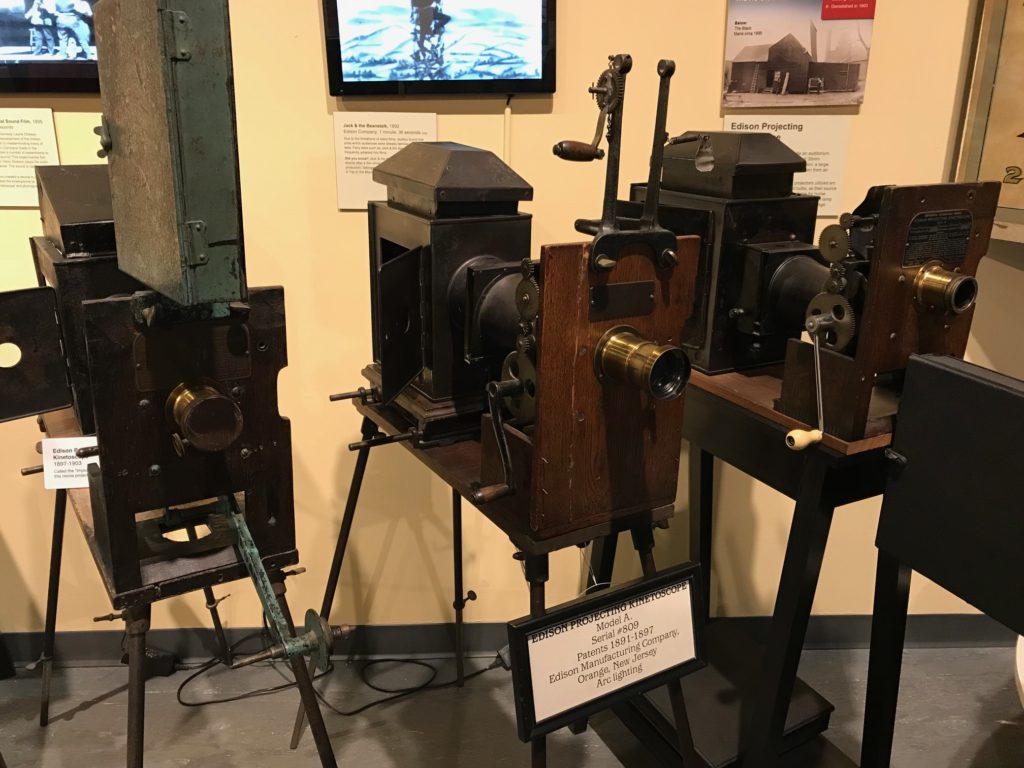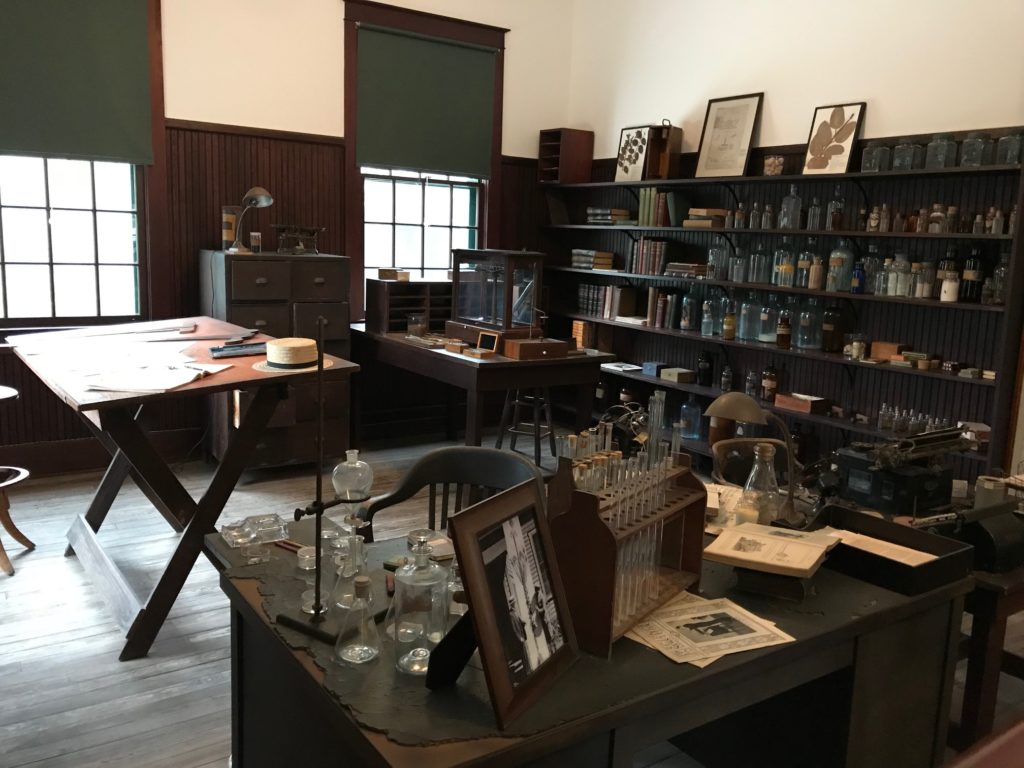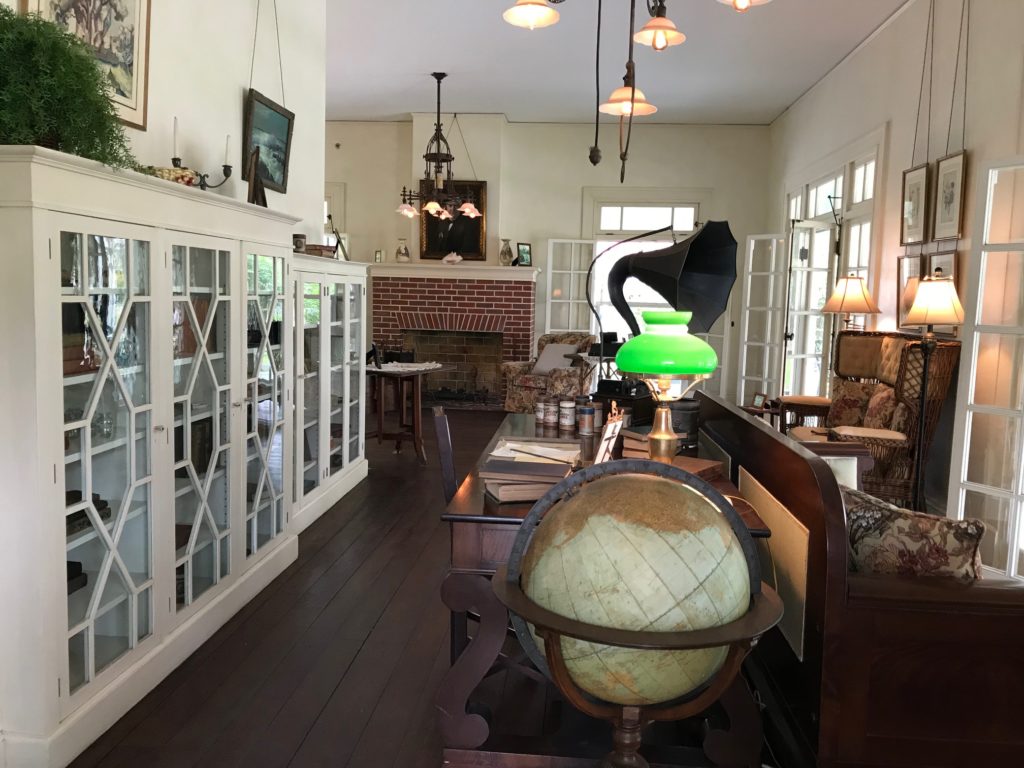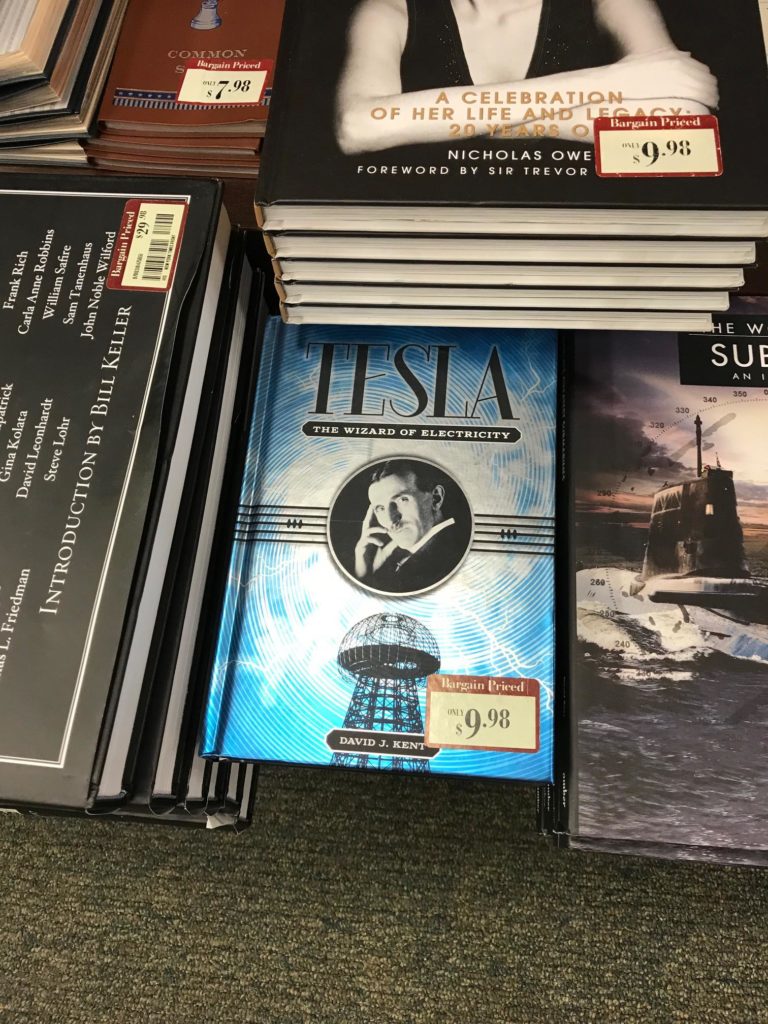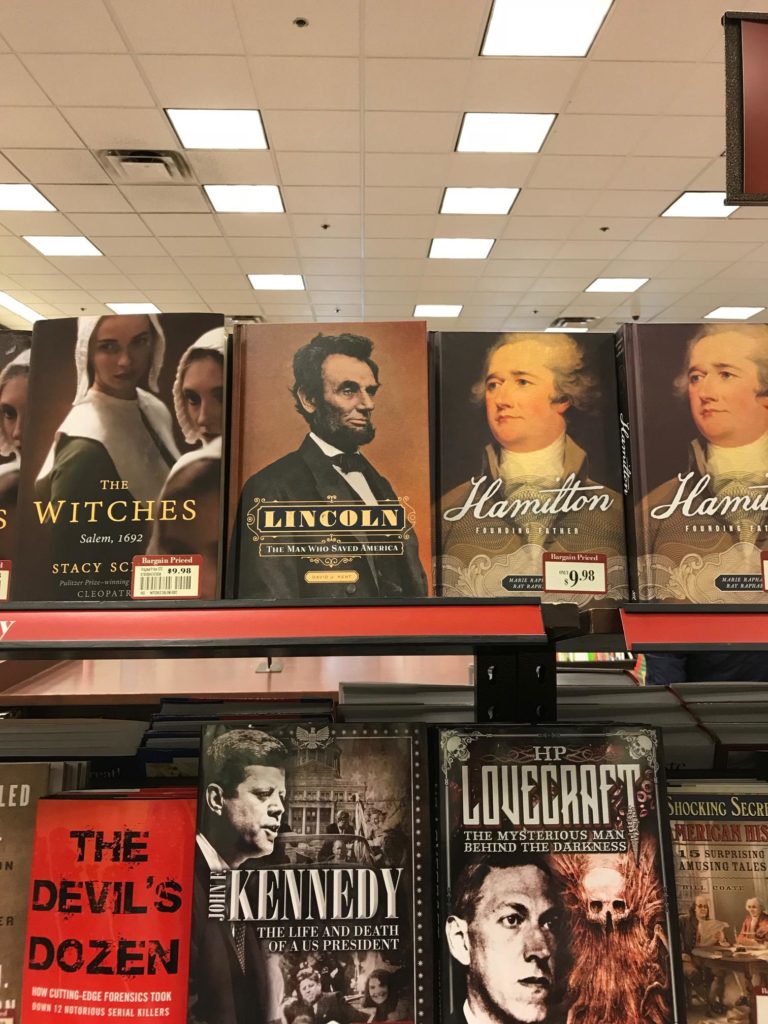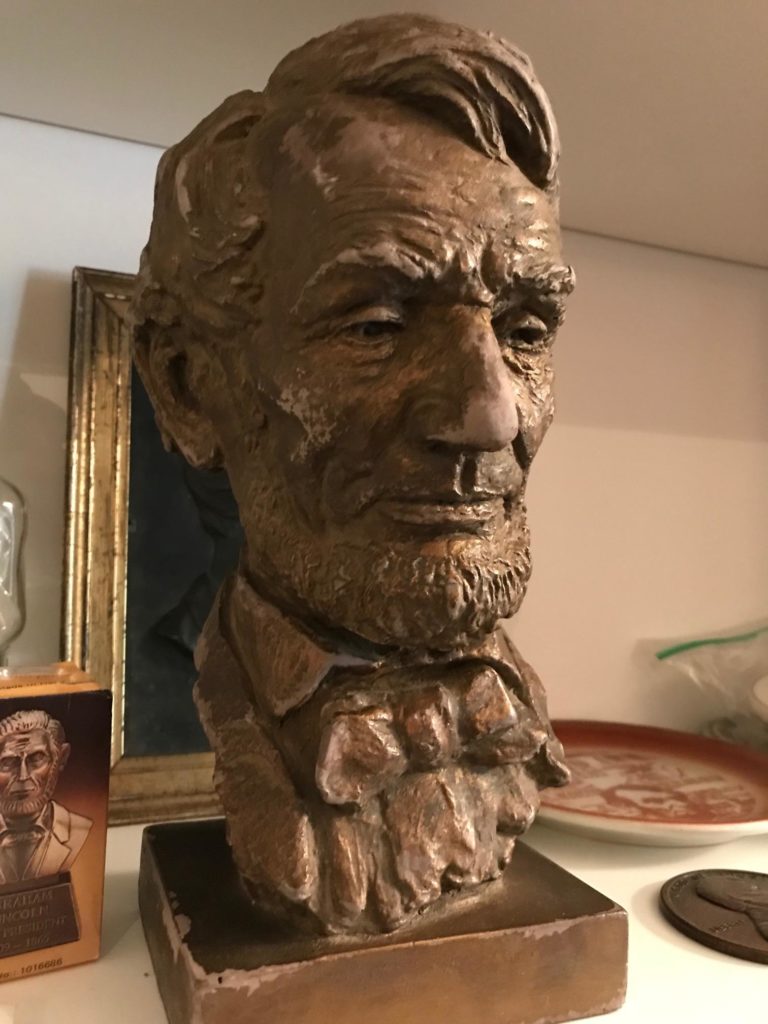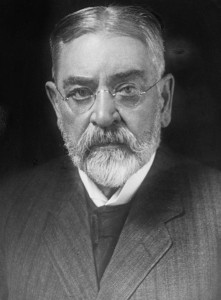 Robert Todd Lincoln was the oldest of Abraham and Mary Lincoln’s four sons, and apparently an assassination jinx in a story that includes several presidents, Nikola Tesla, and Thomas Edison.
Robert Todd Lincoln was the oldest of Abraham and Mary Lincoln’s four sons, and apparently an assassination jinx in a story that includes several presidents, Nikola Tesla, and Thomas Edison.
Robert died in 1926 after having lived to the age of 82, a longevity quite unusual for his family, as father Abraham was assassinated at the age of 56 and his mother died at 63. Robert was not only the first to be born, he was the last to die, and the only Lincoln child to even reach adulthood. Second born Eddie lived only three years, dying from tuberculosis. Then there was Willie, who died in the White House at age eleven. Thomas (Tad) managed to recover from the same sickness that took his brother in 1862, only to see his father’s life taken a few years later. Tad made it to the age of 18 before dying of heart failure, perhaps from the strain of his mother’s fragile mental state after the trauma of her husband’s demise.
Robert had many great accomplishments in his own right. He served as Secretary of War under President’s Garfield and Arthur, then minister to the United Kingdom under President Benjamin Harrison. He later became legal counsel to the Pullman railroad car company, and eventually became its president.
Perhaps the most interesting factoid is that Robert was either present or nearby at three Presidential assassinations. The first was his father’s, where he was at the White House and rushed to the Petersen House to witness his father’s last hours. Sixteen years later, while serving as Secretary of War, Robert witnessed the assassination of President Garfield at the Sixth Street train station. And if that was not enough bad luck, Robert was present at the Pan-American Exposition in Buffalo at the invitation of President William McKinley. After McKinley was shot and killed, Robert is said to have refused any further presidential invitations. I suspect Presidents also thought better about inviting him. *(See note)
President McKinley’s assassination happened six months into the second term of his presidency. The exposition was yet another World’s Fair to highlight rapidly changing technology and cultural exchange. McKinley had a busy schedule but managed to slip in a visit to the nearby Niagara Falls. After seeing the gorge with its beautiful falling waters (being careful to remain on the American side to avoid the inevitable political chatter), the President toured Goat Island where a statue of Nikola Tesla would be erected many years later.
One of the main goals of the Niagara Falls trip was to visit the hydroelectric plant, which included the alternating current generators and motors designed by Tesla. It was the alternating current from Tesla’s Niagara Falls system that lit up the entire exposition, including the centerpiece “Electric Tower” and the Temple of Music. There were also electric trains, ambulances, and other vehicles moving people to and from different parts of the fair and the Falls.
After marveling at the ingenuity of Tesla’s designs at Niagara, McKinley returned to Buffalo for a reception at the very same Temple of Music. While shaking hands with well-wishers, McKinley was shot by anarchist Leon Czolgosz. It was September 6, 1901.
In an ironic twist of fate, Tesla’s rival Thomas Edison could have saved McKinley’s life. Doctors were unable to locate the bullet in McKinley’s abdomen, and an early X-ray machine designed by Edison was on display at the Fair. McKinley’s doctors, however, deemed the apparatus too primitive to be of use. Edison quickly sent his most modern X-ray machine from New Jersey up to Buffalo, but aides to the President refused to use it for fear of radiation poisoning. While McKinley at first appeared to be recovering, gangrene set into the wound and he died on September 14th, Edison’s unused machine sitting nearby.
There is another odd connection to assassination. Robert Lincoln’s life was saved by the brother of Abraham Lincoln’s assassin. Here is more on that story.
[Adapted from my e-book, Abraham Lincoln and Nikola Tesla: Connected by Fate, available for download on Amazon.]
*Note: The original that this piece was adapted from was written several years ago. Today, Jason Emerson, offered up a clarification on the FB version of this post. I serve with Jason on the Abraham Lincoln Institute Board of Directors, and can safely say he is the reigning expert on Robert Lincoln (as well as Mary Lincoln). Here is what he wrote and readers should defer to his research over my post:
“Actually, Robert was not at the Pan American Expo when McKinley was shot, and he was not invited to be there by President McKinley. Robert was on a train on his way to the Exposition with his family (for a family outing, nothing more) and when he arrived at the Buffalo train station, he was informed of the shooting. Robert also attended presidential events with Roosevelt, Taft, and Harding in later life. It’s all in my biography of Robert Lincoln, “Giant in the Shadows: The Life of Robert T. Lincoln.””
David J. Kent is the author of Lincoln: The Man Who Saved America. His newest Lincoln book is scheduled for release in February 2022. His previous books include Tesla: The Wizard of Electricity and Edison: The Inventor of the Modern World and two specialty e-books: Nikola Tesla: Renewable Energy Ahead of Its Time and Abraham Lincoln and Nikola Tesla: Connected by Fate.
Follow me for updates on my Facebook author page and Goodreads.



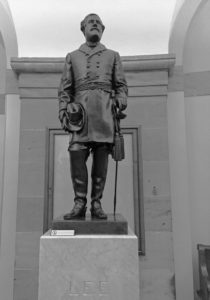 Virginians woke up Monday morning, December 21, 2020, to the
Virginians woke up Monday morning, December 21, 2020, to the 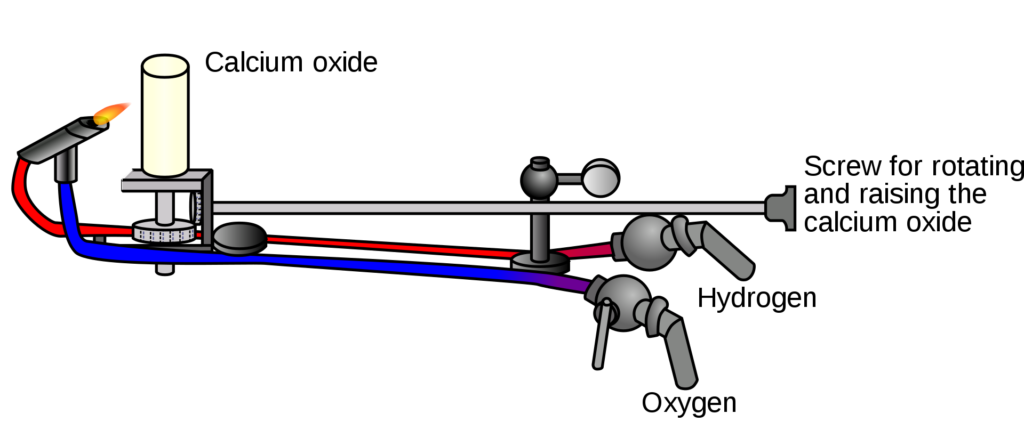
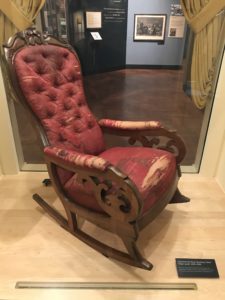 My Chasing Abraham Lincoln tour took me to Dearborn, Michigan to see the chair. “The Chair.” The rocking chair that Abraham Lincoln was sitting in the moment he was assassinated. The chair is in the Henry Ford Museum of American Innovation, which along with its outdoor venue, Greenfield Village, is a treasure trove for Abraham Lincoln aficionados.
My Chasing Abraham Lincoln tour took me to Dearborn, Michigan to see the chair. “The Chair.” The rocking chair that Abraham Lincoln was sitting in the moment he was assassinated. The chair is in the Henry Ford Museum of American Innovation, which along with its outdoor venue, Greenfield Village, is a treasure trove for Abraham Lincoln aficionados.

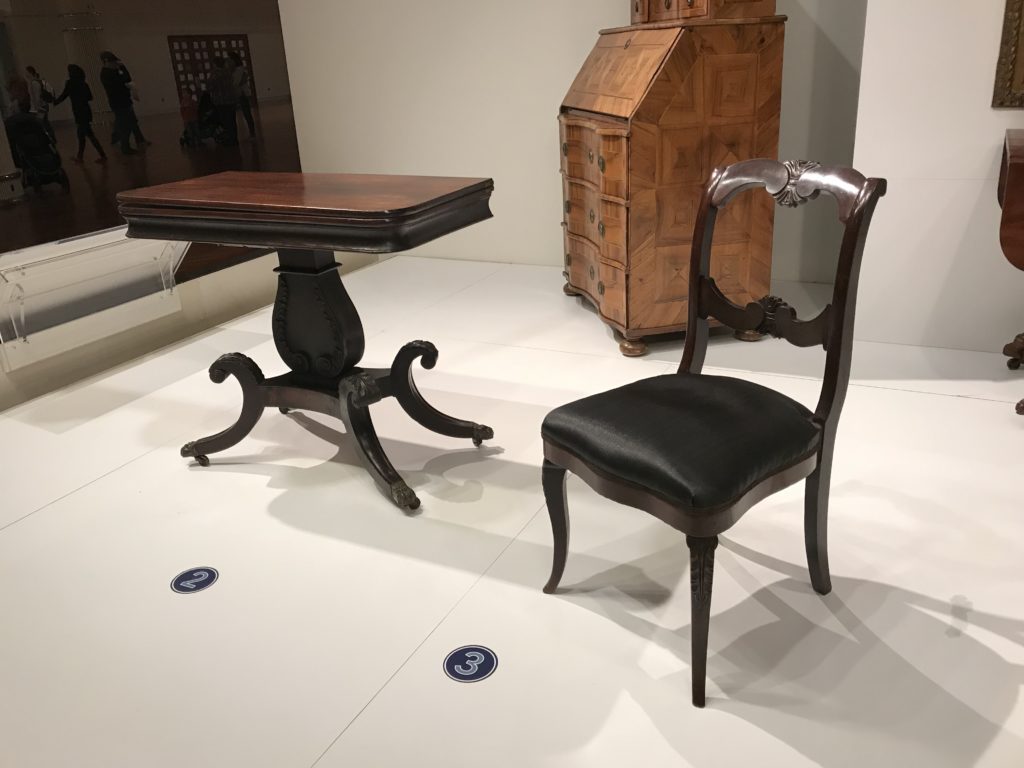
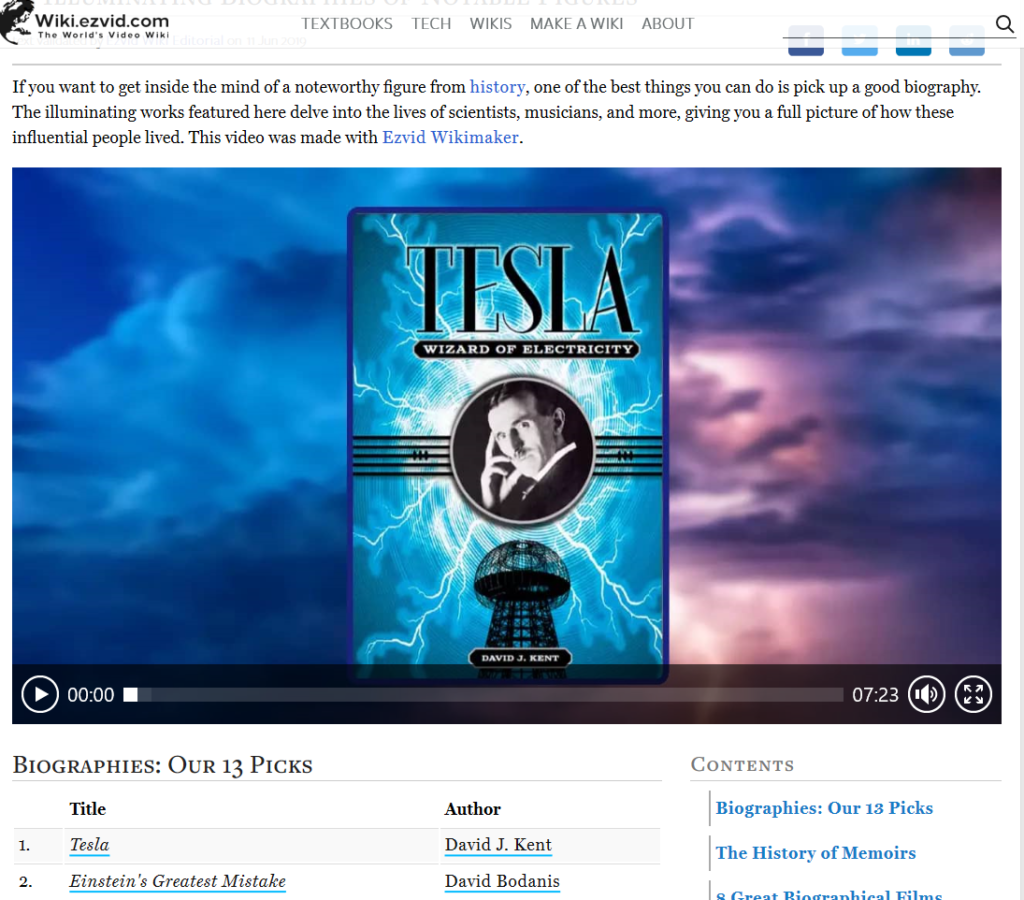
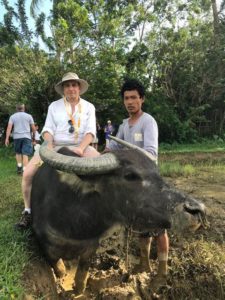 I was traveling. That’s my excuse for being a bit tardy on this wrap of the year in science traveling, 2018. And what a year of traveling it was, with 8 new countries visited, plus a lot of domestic travel. Click on the links for stories about some of the stops.
I was traveling. That’s my excuse for being a bit tardy on this wrap of the year in science traveling, 2018. And what a year of traveling it was, with 8 new countries visited, plus a lot of domestic travel. Click on the links for stories about some of the stops.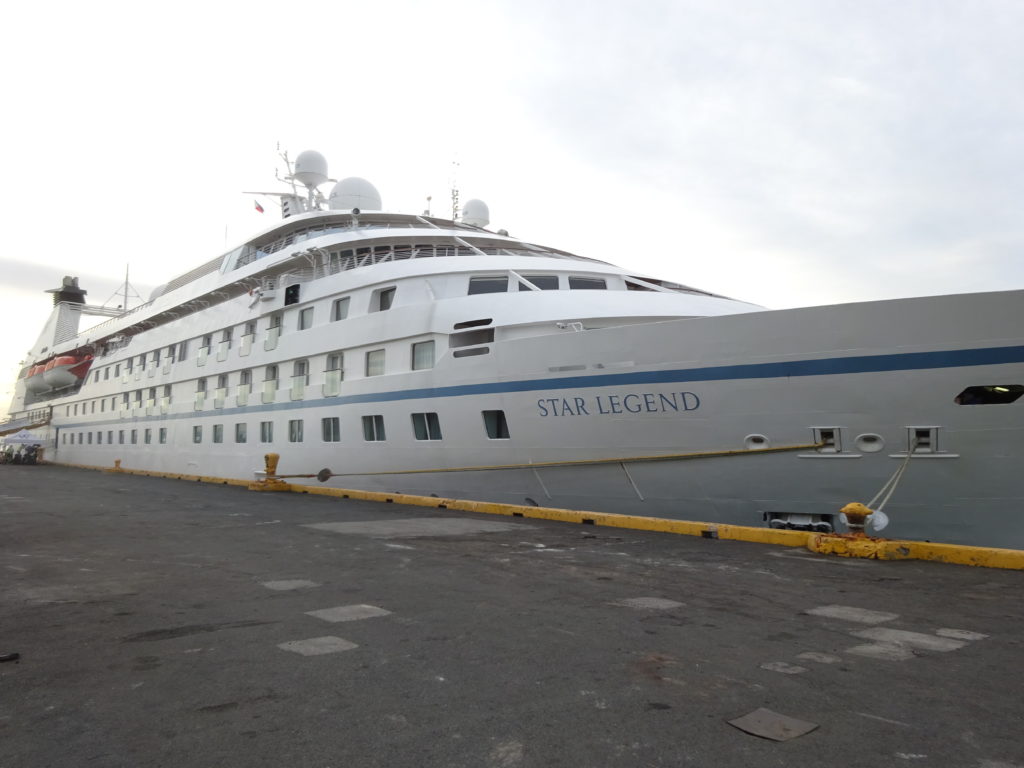 The end of June put me on a
The end of June put me on a  Three days later we flew out to
Three days later we flew out to 

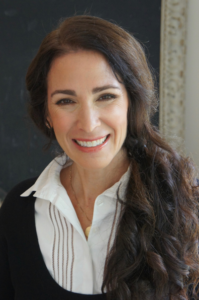 Change is hard, but there are times when change is necessary. This is one of those times. Following words from Abraham Lincoln, that is how I began
Change is hard, but there are times when change is necessary. This is one of those times. Following words from Abraham Lincoln, that is how I began 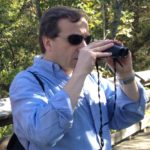 Usually I do a Travel Preview post in early January. I skipped the preview in January 2018 because I suspected my “travel year” would shift…and it did. Thus, t
Usually I do a Travel Preview post in early January. I skipped the preview in January 2018 because I suspected my “travel year” would shift…and it did. Thus, t


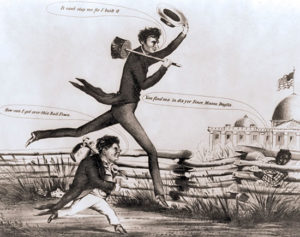 I’ll soon be off chasing Abraham Lincoln. Lincoln is everywhere it seems – Cuba, Norway, Scotland, the UK – but he spent most of his life in Kentucky, Indiana, and Illinois. And that’s where I’m going on my Chasing Abraham Lincoln Tour of 2018.
I’ll soon be off chasing Abraham Lincoln. Lincoln is everywhere it seems – Cuba, Norway, Scotland, the UK – but he spent most of his life in Kentucky, Indiana, and Illinois. And that’s where I’m going on my Chasing Abraham Lincoln Tour of 2018.